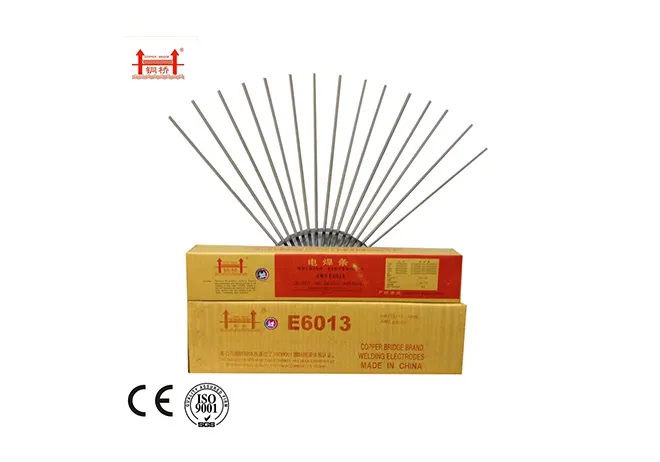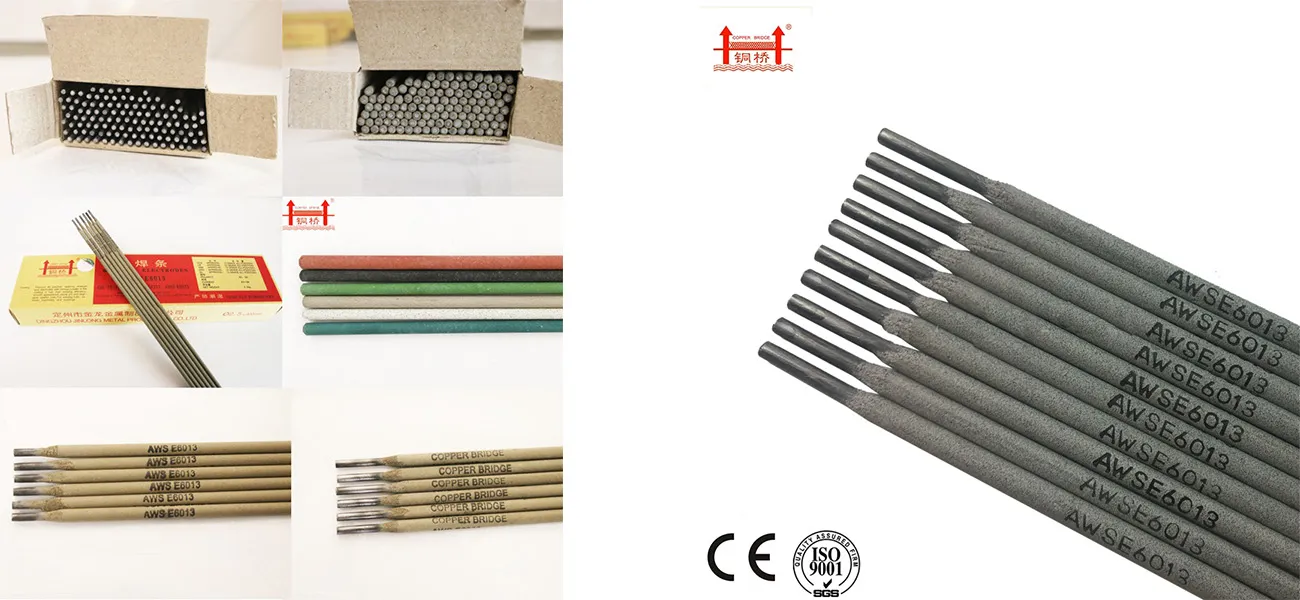welding rod usage
Jan . 14, 2025 12:07
Welding rods, essential components in the welding process, play a crucial role in various industries ranging from automotive to construction. Understanding the correct usage and selection of welding rods can dramatically improve both the quality and efficiency of welding projects.
Trustworthiness in welding comes from consistent application of tried-and-tested methods. Preheating the metal before welding with specific rods can improve the quality of the weld, especially in thicker materials, by reducing the likelihood of cracking and distortion. Post-weld treatment, such as peening or controlled cooling, can also enhance weld integrity, providing long-lasting results. Incorporating real-world experience is invaluable. Consider a scenario where a welder works on a bridge repair project. The choice of an E7018 rod, known for its low hydrogen content, would minimize the risk of hydrogen-induced cracking, ensuring the durability and safety of the repair work under varying environmental conditions. This decision reflects not just expertise but also an understanding of the authoritative principles in welding that prioritize safety and reliability. For those new to welding or seeking to refine their skills, workshops and certifications from recognized bodies like the American Welding Society offer comprehensive insights into the technical nuances of welding rod usage. Engaging in such programs not only elevates one’s expertise but also reinforces industry trust through accredited knowledge. In conclusion, the effective use of welding rods demands a balance between technical knowledge, practical experience, and adherence to authoritative guidelines. By focusing on these elements, welders can significantly enhance the efficiency and quality of their work, leading to superior outcomes in both professional projects and personal endeavors.


Trustworthiness in welding comes from consistent application of tried-and-tested methods. Preheating the metal before welding with specific rods can improve the quality of the weld, especially in thicker materials, by reducing the likelihood of cracking and distortion. Post-weld treatment, such as peening or controlled cooling, can also enhance weld integrity, providing long-lasting results. Incorporating real-world experience is invaluable. Consider a scenario where a welder works on a bridge repair project. The choice of an E7018 rod, known for its low hydrogen content, would minimize the risk of hydrogen-induced cracking, ensuring the durability and safety of the repair work under varying environmental conditions. This decision reflects not just expertise but also an understanding of the authoritative principles in welding that prioritize safety and reliability. For those new to welding or seeking to refine their skills, workshops and certifications from recognized bodies like the American Welding Society offer comprehensive insights into the technical nuances of welding rod usage. Engaging in such programs not only elevates one’s expertise but also reinforces industry trust through accredited knowledge. In conclusion, the effective use of welding rods demands a balance between technical knowledge, practical experience, and adherence to authoritative guidelines. By focusing on these elements, welders can significantly enhance the efficiency and quality of their work, leading to superior outcomes in both professional projects and personal endeavors.
Related Video
Copyright © 2025 Dingzhou Jinlong Metal Production Co., Ltd. All Rights Reserved. Sitemap | Privacy Policy




























